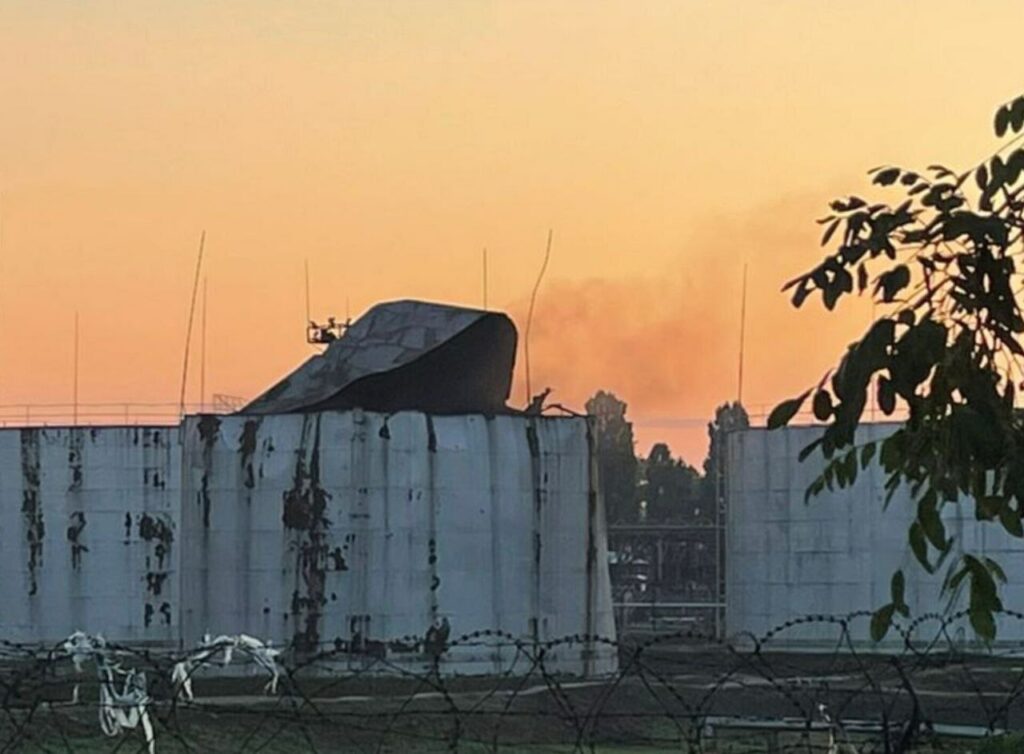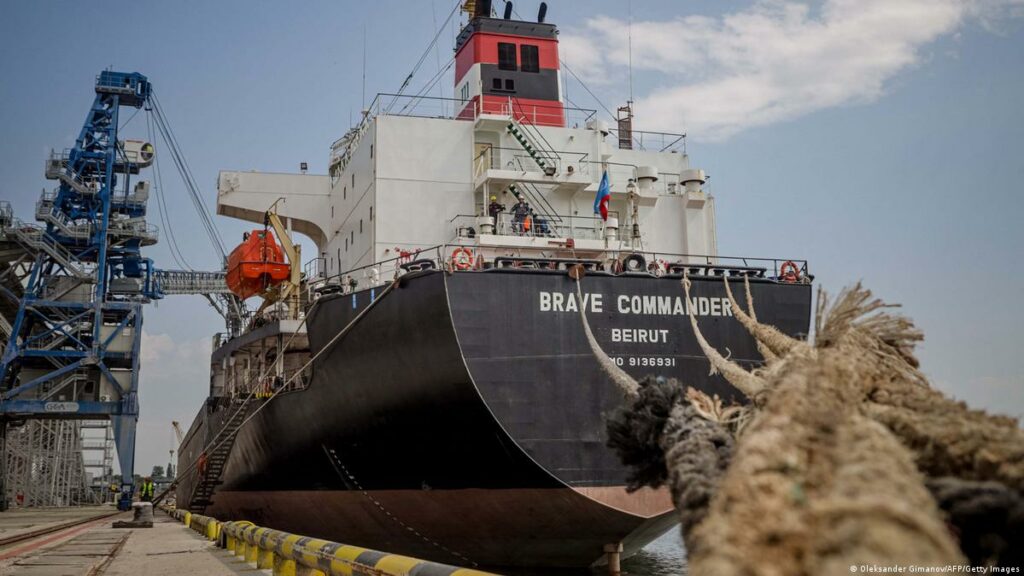Russia is dumping the market and attacking the Danube. Does Ukrainian grain have back-up options?

It is increasingly difficult for Ukraine to maintain its share in the world market of agricultural products. After withdrawing from the Grain Agreement and shelling the Ukrainian port infrastructure, Russia began dumping the grain market.
The European Union warned a number of developing countries about this. Thus, according to EU foreign and security policy representative Josep Borrell, the Russian Federation seeks to “create new dependencies, increasing economic vulnerability and global food insecurity.”
According to Reuters, Borrell called on the G20 and developing countries to force Moscow to return to the Grain Agreement and stop attacks on Ukraine’s agricultural infrastructure.
“At a time when the world is facing supply disruptions and rising prices, Russia is turning to vulnerable countries with bilateral offers of grain supplies at reduced prices, pretending to solve the problem it created,” Borrell stressed.
According to the official, the actions of the Russian Federation are a “cynical policy of deliberately using food as a weapon.”
We will remind, on July 17, Russia withdrew from the Grain Agreement. Subsequently, the Kremlin declared that it would consider foreign ships approaching the ports of Ukraine as potential military targets. In particular, on July 28, a ship belonging to a terrorist country contacted a civilian ship in the Black Sea and threatened the crew. At the same time, the Russian Federation continued its shelling of Ukrainian Black Sea ports to prevent the export of Ukrainian grain, and is already attacking ports on the Danube.
It will be recalled that about 30 vessels stopped near the port of Izmail after Russia attacked the neighboring port of Reni with kamikaze drones at the end of July. And the shelling affects not only Ukrainian exports — we will remind you that after the Russian attack on the port of Izmail on the night of August 2, wheat prices on the Chicago Stock Exchange jumped by 6.5%.
Previously, USM reported that in May the ports of the Danube region handled more than 3 million tons of cargo. This is an absolute record for the ports of this region, which is why the development of the Danube cluster has become one of the priority tasks of USPA and the Ministry of Reconstruction. However, now, after the shelling, the ports of Izmail and Reni are likely to reduce their export potential for some time.
Are there back-up options if the Danube ports also become unavailable for export?
Transportation of oil and grain cargoes across the Danube is one of the most popular services today. However, the instability of the circumstances and the shelling of the infrastructure forces us to analyze what the backup options for work might be, if working through the Ukrainian ports of the Danube becomes too dangerous.
As the head of TEUS Terminal, Dmytro Kazanin, told USM, there are several logistical routes through the ports of Constanta, Galati, Braila, Varna and Burgas.
“Regarding the port of Constanta, you can transship there when going to the territory of Moldova. The following formats are available: wagon – wagon, wagon – car, wagon – ship by direct option, car – ship by direct option. You can also stock up on transit warehouses with a free zone.
From the positive perspective, it is worth noting the possibility that Romania can lift the ban on the import of Ukrainian grain for the port of Galati. This could facilitate the work of Ukrainian grain groups,” Kazanin said.
According to the specialist, an increase in flows through the port of Constanta is also possible. This applies to oil, grain, general cargo.
“It is good to leave there by railway. It will not be easy for our border crossings, because they will have to endure an extremely heavy load, but these are new ways that are worth working on,” added CEO TEUS Terminal.
There are also routes between Varna and Burgas. And you can also travel from Holmeu to Montenegro. It is possible to carry goods to Western European countries (Austria, Germany) through Ukrainian border crossings, reaching the final delivery points. The ports of Szczecin, Liepaja, Klaipeda, Riga are also working options. According to Kazanin, there is no emphasis on them now, but everything can change in a flash if Ukrainian ports stop working.
Kazanin claims that alternative ways involve an increase in technical tasks – changing wheel pairs, overloading, using European or Ukrainian wagons. Everything depends on the specifics of specific transportation, and Ukrainian companies already have ready-made solutions for all these logistics routes.
However, the barge fleet will still not leave the river. Therefore, we are talking about a complex bid – to load barges at Ukrainian berths and work further.
“The shelling of the port infrastructure is a huge pain for those who are developing the transport and logistics industry of Ukraine, but the work will not stop under any circumstances. Domestic companies have already experienced the first stress of a full-scale war, and their teams know that it is necessary to adapt to different, even the most unfavorable, circumstances,” the specialist summarized.





